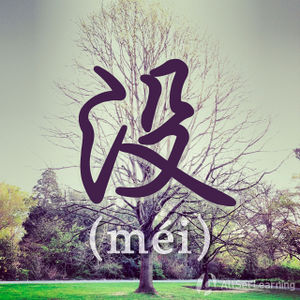Difference between revisions of "Expressing duration of inaction"
| Line 19: | Line 19: | ||
<div class="liju"> | <div class="liju"> | ||
| − | * 他 已经 <em>三 天</em> 没 洗澡 <em>了</em>。 | + | * 他 已经 <em>三 天</em> 没 洗澡 <em>了</em>。<span class="trans">He has already gone three days without showering.</span> |
| − | * 我 <em>两 个 月</em> 没 喝 啤酒 <em>了</em>。 | + | * 我 <em>两 个 月</em> 没 喝 啤酒 <em>了</em>。<span class="trans">I haven't drunk beer in two months.</span> |
| − | * 他们 <em>十 个 小时</em> 没 吃饭 <em>了</em>。 | + | * 他们 <em>十 个 小时</em> 没 吃饭 <em>了</em>。<span class="trans">They haven't eaten for ten hours.</span> |
</div> | </div> | ||
Revision as of 06:41, 4 June 2013
-
Level
-
Similar to
-
Used for
-
Keywords
Saying how long you have done something is pretty simple in Chinese. Saying how long you have not done something is just as easy.
Structure
Expressing how long something has not been done is slightly different to expressing the duration of an action.
Subject + Duration + 没 + Verb + Object + 了
So now the duration comes right after the subject and 了 is at the end of the sentence. The verb has to be negated with 没, as the action hasn't happened.
Examples
- 他 已经 三 天 没 洗澡 了。He has already gone three days without showering.
- 我 两 个 月 没 喝 啤酒 了。I haven't drunk beer in two months.
- 他们 十 个 小时 没 吃饭 了。They haven't eaten for ten hours.



